#house anjou
Photo

Mary, also known as Maria of Anjou (1371 – 17 May 1395), reigned as Queen of Hungary and Croatia (formally "king") between 1382 and 1385, and from 1386 until her death. She was the daughter of Louis the Great, King of Hungary and Poland, and his wife, Elizabeth of Bosnia. Mary's marriage to Sigismund of Luxembourg, a member of the imperial Luxembourg dynasty, was already decided before her first birthday. A delegation of Polish prelates and lords confirmed her right to succeed her father in Poland in 1379.
Having no male siblings, Mary was crowned "king" of Hungary on 17 September 1382, seven days after Louis the Great's death. Her mother, who assumed regency, absolved the Polish noblemen from their oath of loyalty to Mary in favor of Mary's younger sister, Jadwiga, in early 1383. The idea of a female monarch remained unpopular among the Hungarian noblemen, the majority of whom regarded Mary's distant cousin, Charles III of Naples, as the lawful king. To strengthen Mary's position, the queen mother wanted her to marry Louis, the younger brother of Charles VI of France. Their engagement was announced in May 1385.
Charles III of Naples landed in Dalmatia in September 1385. Sigismund of Luxembourg invaded Upper Hungary (now Slovakia), forcing the queen mother to give Mary in marriage to him in October. However, they could not prevent Charles from entering Buda. After Mary renounced the throne, Charles was crowned king on 31 December 1385, but he was murdered at the instigation of Mary's mother in February 1386. Mary was restored, but the slaughtered king's supporters captured her and her mother on 25 July. Queen Elizabeth was murdered in January 1387, but Mary was released on 4 June 1387. Mary officially remained the co-ruler with Sigismund, who had meanwhile been crowned king, but her influence on the government was minimal. She and her premature son died after falling from her horse during a hunting trip.
70 notes
·
View notes
Text
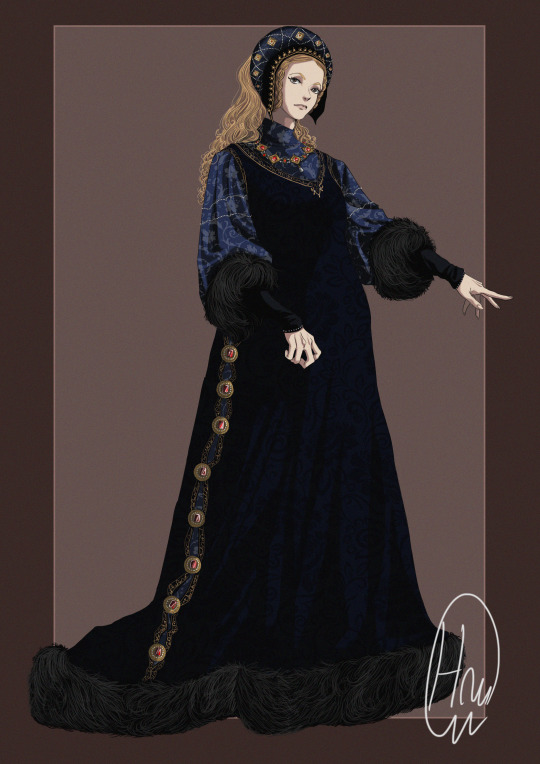
Elizabeth of York, fashion character design. Mourning outfit, c. 1482.
#the wars of the roses#15th century#medieval#middle ages#historical#british history#medieval england#art#illustration#sketch#edward iv#elizabeth woodville#elizabeth of york#henry vii#henry vi#margaret of anjou#margaret beaufort#isabel neville#richard iii#the white queen#the white princess#medieval fashion#historical fashion#character design#artists on tumblr#medieval costume#royals#house of york#plantagenets
311 notes
·
View notes
Text


|| 𝐄𝐥𝐢𝐳𝐚𝐛𝐞𝐭𝐡 𝐖𝐨𝐨𝐝𝐯𝐢𝐥𝐥𝐞 & 𝐌𝐚𝐫𝐠𝐚𝐫𝐞𝐭 𝐁𝐞𝐚𝐮𝐟𝐨𝐫𝐭 ||
|| 𝐀𝐧𝐧𝐞 𝐍𝐞𝐯𝐢𝐥𝐥𝐞 & 𝐌𝐚𝐫𝐠𝐚𝐫𝐞𝐭 𝐨𝐟 𝐀𝐧𝐣𝐨𝐮 ||
#elizabeth woodville#margaret beaufort#anne neville#margaret of anjou#wars of the roses#house york#house lancaster#historyedit
97 notes
·
View notes
Text

Margaret of Anjou Taken Prisoner after the Battle of Tewkesbury by John Gilbert
#battle of tewkesbury#wars of the roses#margaret of anjou#art#john gilbert#england#medieval#middle ages#tewkesbury abbey#house of york#house of lancaster#english#history#gloucestershire#europe#european#mediaeval#knights#knight#soldiers#palfrey#horses#sky#landscape#clouds#edward iv#edward of westminster#sir john gilbert
74 notes
·
View notes
Text
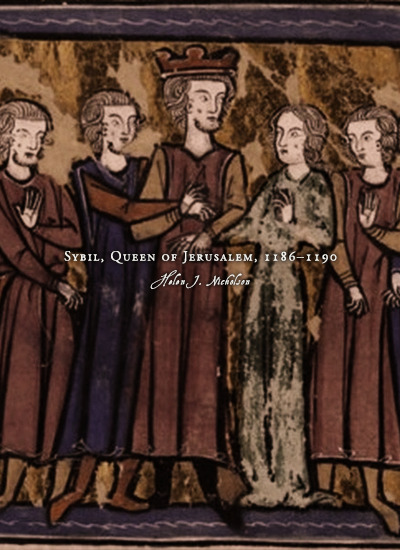


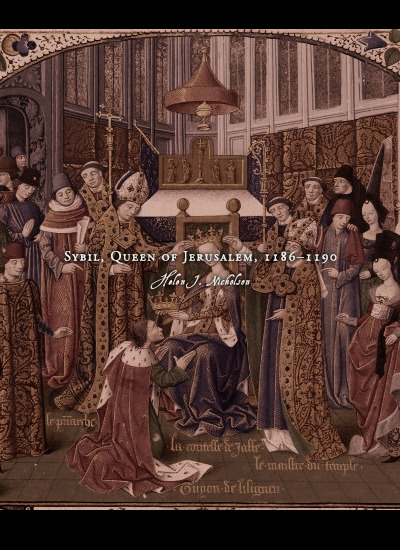
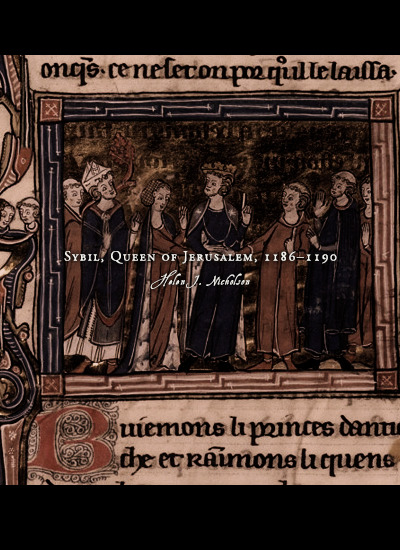

Favorite History Books || Sybil, Queen of Jerusalem, 1186–1190 by Helen J. Nicholson ★★★★☆
As a child, Sybil’s future prospects appeared excellent: as the eldest child of King Amaury of Jerusalem and as a member of the dynasty that claimed descent from Godfrey de Bouillon and the other heroes of the First Crusade, we might expect that she would have been an attractive marriage prospect. Yet European noblemen did not queue up to seek her hand. One reason for this might have been that commanding the defence of the kingdom of Jerusalem in the face of aggressive Muslim expansionism was a daunting prospect for any warrior, no matter how ambitious. Moreover, as her brother Baldwin’s illness became generally known in Europe, Sybil’s potential husbands may have wondered whether she and her children would be similarly afflicted. In addition, as her brother Baldwin and his council made clear to Philip of Alsace in autumn 1177, outside aid was unwelcome in the kingdom except on the terms they dictated. Robert VI of Béthune, Philip of Alsace’s candidate for Sybil’s hand, might have made a more effective count of Jaffa and Ascalon, regent of the kingdom and king consort than Guy de Lusignan, but Baldwin – aged only sixteen at the time of Count Philip’s crusade – preferred to marry his sister to a man he knew.
If King Baldwin IV had supported his elder sister as the heir who – given that Baldwin V was very young and in uncertain health – would almost certainly inherit the kingdom, it might have been possible for Sybil to unite the nobles of the kingdom behind her as her brother had done. But his contradictory and changing policies left her rights of inheritance unclear and the nobles of the kingdom divided. He married her to one of his household knights, then attempted to divorce them; he appointed her husband as procurator, then shortly afterwards deposed him and appointed her son as his co- ruler, and then appointed another procurator, then finally appointed two regents, one to care for the young king Baldwin V and the other to govern. If he made further arrangements for the succession after Baldwin V they were unworkable. By marrying his younger half-sister to a leading noble of the kingdom but forcing the bridegroom to surrender his inherited estates in return, King Baldwin IV ensured that both his sisters and their husbands and supporters had grievances against him. While his measures reduced any threat that he would be overthrown during his lifetime, they boded badly for the kingdom after the death of his immediate heir.
Given the rivalries between the leading nobles of the kingdom and Saladin’s need to win a decisive victory over the Franks, no one could have prevented Saladin from taking Jerusalem and conquering most of Sybil’s kingdom; Sybil was doomed to failure as queen. Not only did she lose Jerusalem, but she also failed in the most fundamental function of a noblewoman: she failed to provide an heir for herself, as both her son Baldwin and her daughters died in childhood. On the other hand, in the face of disaster she did not abandon her kingdom and flee to Europe, nor did she retire to a religious house. Instead, she stayed in the crusader states and did all she could to oppose the invader. She tried to defend Ascalon, she remained in Jerusalem until it was surrendered to Saladin, she obtained her husband’s release from Saladin’s prison, and by accompanying him in the months that followed she gave him the authority to continue as king of Jerusalem. As husband of the eldest daughter of King Amaury of Jerusalem and as a crowned king, Guy had a stronger claim to royal authority than Conrad of Montferrat: crusaders from Europe rallied to him and the representatives of the Italian maritime cities supported him so that he could begin the fightback against Saladin which was continued by the Third Crusade and enabled the kingdom of Jerusalem to continue to exist until 1291. When Sybil died, Guy’s authority died with her; but she had ensured that her kingdom would not die, at least for another century.
#historyedit#litedit#sibylla of jerusalem#french history#medieval#asian history#european history#women's history#history#house of anjou#history books
55 notes
·
View notes
Text
As Chesterton said somewhere, one obvious moral superiority of medieval to either modern or ancient society, is that in the joust, the rich people beat the shit out of each other as an entertainment, rather than paying poor people (or keeping slaves) to get beat up for them. (Okay the high salaries of pro sports muddy this, of course, but those are people of poor background, whereas the team owners are from the business elite. In medieval Europe you’d see Clark Hunt and Rob Walton out on the gridiron getting traumatic brain injury.)
#salty amateur historian#of course it WAS probably a jousting head-injury that made henry viii bad even by angevin standards#(tudors are plantagenets are a branch of the house of anjou)
38 notes
·
View notes
Note
What do you feel about the house of york
I feel like it's a medieval dynasty that one a war. That's about it.
I also think that Richard Duke of York was nothing more than a jealous cousin that saw the perfect opportunity to climb the ladder and took it, justly paying the price. Edward IV's anger over his and his brother's death is understandable and so were his actions. Too bad that he didn't saw that the Duke of York's ruthless ambitions had trickled down to his sons Richard and George before they tried it with him. I think the Woodvilles were overtly greedy and took too much of the hand that fed them making the nobility hate them, and they also paid for it. I mean, arranging prestige marriages for every single Woodville? I get it, one of them was the Queen, but come on now, they clearly overplayed.
On the whole, I find this representation of the Yorks as this typical Good HeirsTM that took their rightful place on the throne and stepped up through harsh times that persists so much to this day lame and reductive. The truth of the matter is, they were never more just and GoodTM than the Lancasters. The Lancasters successfully organized a coup and sat the throne, the Yorks did the same, demonizing Henry VI and Queen Margaret of Anjou through propaganda as a freak and an overly ambitious femme fatale respectively, while casting their teenage son as a cruel bastard. All for defending fiercely what was by right theirs (we have Shakespeare to blame for that as well).
#wars of the roses#house york#house lancaster#edward iv#richard duke of york#george plantagenet#richard iii#Henry vi#margaret of anjou#edward of westminster#medieval warfare#medieval england#late middle ages
27 notes
·
View notes
Text
"But Kavita Mudan Finn has shown that while fifteenth and sixteenth century authors admired Elizabeth's virtue, being a 'good' girl limited her literary potential compared to the 'traitor' Margaret of Anjou and 'adulteress' Elizabeth Woodville, who allowed for more risqué representation and didactic moralizing. Writers lauded Elizabeth of York for uniting Lancaster and York, and they sometimes portrayed her as a virgin martyr in accounts where Richard III tried to force her into wedlock. But otherwise, legitimizing Henry undercut her status by subordinating her to him, and in literary sources she rarely appears following their marriage. In William Shakespeare's works, she practically disappears."
William B. Robison, "The Sexualization of a 'Noble and Vertuous Quene': Elizabeth of York, 1466-1503," pp. 15.
#elizabeth of york#elizabeth woodville#margaret of anjou#henry vii#richard iii#lancaster#york#history#house of tudor#tudor dynasty#tudor era#tudor period#women's history#royal history#english history#early modern history#*quotes
20 notes
·
View notes
Text

Thanks @hilda-dewitt for this great piece of work depicting Louis I of Anjou and Marie of Blois, great-grandparents of Margaret of Anjou. Louis I of Anjou was the founder of the Angevin cadet branch of the House of Valois, and Marie of Blois was the first of a series of powerful women in the House of Valois-Anjou.
I really found their story to be full of fun and drama. After King John II of France was taken prisoner in the Battle of Poitiers, Louis broke the Aragonese marriage contract arranged by his father to marry Marie, the daughter of one major claimant to the ducal throne of Brittany, neighboring his appanage of Anjou. His desire to meet his wife pushed him to end his hostage career in England prematurely on his own, and more or less led to the decision of John II to return to captivity, lol. While Marie's father fell in battle six months after John the Good's death in London, the couple remained close and intimate throughout their lives. Louis served as a leading military commander in his elder brother Charles V's reconquest of southwestern France during the second phase of the Hundred Years' War. He was also a loyal friend and protector of Bertrand du Guesclin, who fought for Marie's father before entering service for the Valois. However, due to his role in the 1378 tax revolts and his overambitious claim to the throne of Naples, Louis remained a controversial figure in France, and his past accomplishments were little appreciated. After Louis's death in the unsuccessful march to Naples, Marie continued their quest for the Neapolitan crown, and, after a tough fight against opposing claimants, secured for their seven-year-old son Louis II the County of Provence, which was in a personal union with the Kingdom of Naples. She acted as regent for Louis II during his minority, and arranged the marriage between him and Yolande of Aragon.
#Louis I of Anjou#Marie of Blois#hundred years war#medieval#fanart#historical fanart#french history#commission art#house of valois#margaret of anjou#Yolande of aragon
21 notes
·
View notes
Note
What is your opinion about Edward of Lancaster (son of Henry VI) being labeled a cruel prince, and Margaret of Anjou being labeled a villain? I believe that’s all yorkish propaganda for getting people on their side during the War of the Roses. I hate how mostly in books, they portray him cruel, especially with his wife Anne Neville. It’s a hidden gem for me to find some work where their marriage is one of love, or at the very least one of friendship/understanding. Also ones where Margaret is not evil, and just fighting for her family, and for what belongs to them.
I think that this is an unfair assessment considering the fact that he grew up in a civil war which saw his father deposed and he and his family exiled so a certain measure of caution is natural. One may also note that his comments about wars was recorded in 1467 by the Milanese ambassador to France and Milan at that time was against the House of Anjou ( his mum's family). Furthermore, he was 14 at that time and we don't deem teenagers cruel for being edgy, do we? And as for the relationship between him and Anne Neville, there is simply no evidence of him being abusive ( and for that matter, we don't know much about it at all) .
12 notes
·
View notes
Photo
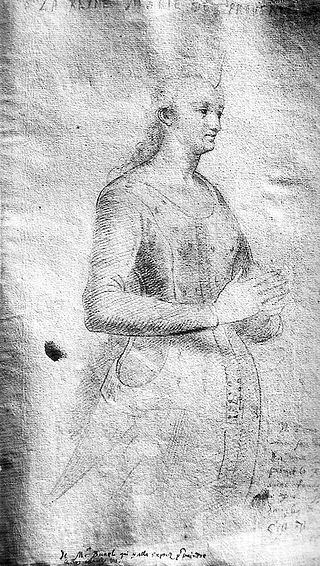
Marie of Anjou (14 October 1404 – 29 November 1463) was Queen of France as the spouse of King Charles VII from 1422 to 1461. She served as regent and presided over the council of state several times during the absence of the king.
6 notes
·
View notes
Text





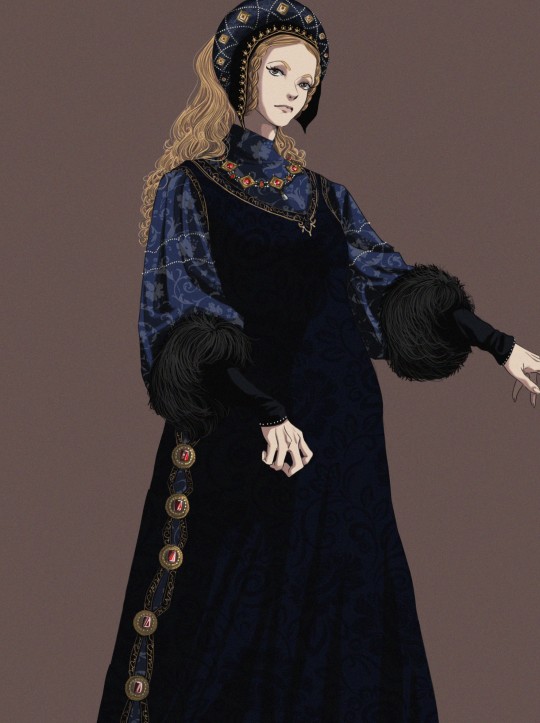
From sketch → 2d character design illustration.
Elizabeth of York edition.
Because why not?
#the wars of the roses#15th century#medieval#middle ages#medieval england#medieval history#historical#british history#art#illustration#sketch#character design#edward iv#elizabeth woodville#elizabeth of york#henry vii#henry vi#margaret of anjou#margaret beaufort#isabel neville#richard iii#the white queen#the white princess#medieval fashion#historical fashion#artists on tumblr#medieval costume#house of york#plantagenets
118 notes
·
View notes
Text





the white queen 10 year anniversary: best queen - m a r g a r e t | o f | a n j o u
#margaret of anjou#the white queen#twq#twqedit#twq10#perioddramaedit#15th century#wars of the roses#house of lancaster#weloveperioddrama#myedit*#mine*
43 notes
·
View notes
Note
Are you Lancaster
1) This is indeed @whiteswanoflancaster — I just have a very strange blogging setup going on that I haven’t bothered to do anything about yet😭
2) a little self-consciously, but yeah! I find it rather strange to take sides in a 550–year–old conflict, but despite that I’d say I support the Lancastrians! This is because:
- While Richard of York was undoubtedly more competent than Henry VI — and while I’d even argue he didn’t want to take the crown — there’s no getting around either the fact that he did or the fact that, in doing so, he completely destabilised the system of government in England, which probably wasn’t a price worth paying — many historians argue that Edward IV and Henry VII introduced a “new monarchy,” their financial systems and tight control of the nobility actually resembled the systems of earlier rulers such as Edward III, and weren’t all that new at all! There isn’t really a huge difference between Edward IV giving land to his brothers and Edward III giving it to his sons, in my opinion — and so the Wars of the Roses and by extension York’s decision to disrupt the system by claiming the crown led to politics taking a bit of a “backward step” towards a less efficient system. Without that disruption, England might have been better able to flourish in the sixteenth century — and there’d have been far less death.
- Their story is just appealing in my opinion! There’s a certain romance to it that caught my attention and refused to let go — and it’s also there at the end of the wars, with Henry Tudor and his allies standing for Lancaster. It’s a little bit shallow, but I do love a good story — and this is certainly that!
- Margaret of Anjou was very, very cool and deserves to be more widely known about and appreciated. Enough said 😭
#wars of the roses#history#fifteenth century#house of lancaster#there are two wolves inside me#the serious historian#and the Margaret of Anjou fangirl#ask#thanks for the ask!
13 notes
·
View notes
Text

Philippe, Duke of Anjou (later King Felipe V of Spain). By Gerard Edelinck.
#gerard edelinck#royaume de france#maison de bourbon#philippe de bourbon#duc d'anjou#engraving#duke of anjou#kingdom of spain#kingdom of france#house of bourbon#casa de borbón#felipe v#rey de españa#viva el rey#françois de troy#fils de france#infant d'espagne#roi d'espagne#bourbon anjou
6 notes
·
View notes
Text
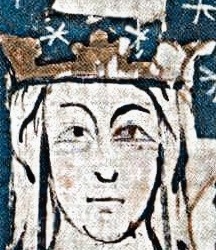

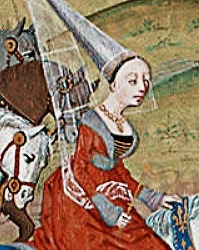


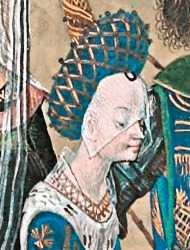


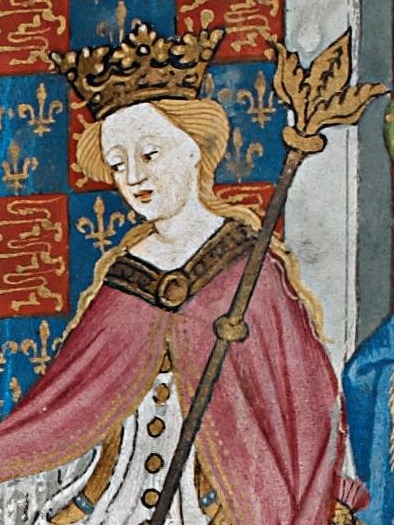

CONSORTS OF ENGLAND SINCE THE NORMAN INVASION (2/5) ♚
Eleanor of Castile (November 1272 - November 1290)
Margaret of France (September 1299 - July 1307)
Isabella of France (May 1308 - January 1327)
Philippa of Hainault (January 1328 - August 1369)
Anne of Bohemia (January 1382 - June 1394)
Isabella of Valois (October 1396 - September 1399)
Joan of Navarre (February 1403 - March 1413)
Catherine of Valois (June 1420 - August 1422)
Margaret of Anjou (May 1445 - May 1471)
Elizabeth Woodville (May 1464 - April 1483)
#my photoset.#history#historyedit#history edit#plantagenets#lancaster#house of lancaster#house of york#elizabeth woodville#margaret of anjou#catherine of valois#the king netflix#the white queen#joan of navarre#isabella of valois#anne of bohemia#philippa of hainault#isabella of france#margaret of france#eleanor of castile#royalty#royals#medieval history#medieval queens#queen consorts#war of roses#english history#historical royals#consorts of england#consorts of england and britiain.
146 notes
·
View notes